Line is perhaps the most fundamental of all the visual elements. It broadly refers to a mark which spans between two points. But there are many different types and uses of line. In this post, I cover:

Line Types
Lines can be:
- Straight or curved
- Thick or thin
- Rigid or organic
- Horizontal or vertical
- Broken or continuous
Notice how there are always two opposites. This gives many opportunities to create some interesting juxtapositions in your paintings using line.

Different Uses of Line
Outlining
By outlining the boundary an object, you can help distinguish it from its surroundings. In Nicholai Fechin’s drawing below, notice the use of crisp outlining combined with subtle tonal changes to render the subject. The end result is a delicate and intricate drawing.

Tonal Changes
Line can be used to pick up tonal changes in a subject by varying the density and thickness of the lines. For example, in the drawing below by Leonardo da Vinci, the lines get denser in the shadows. This is also referred to as hatching.

Cross-Hatching
Cross-hatching is another technique mostly used for shading and picking up tonal changes. It involves the use of lines which cross over each other like a mesh. Areas around the intersecting lines tend to be denser, creating an interesting variance in tone. In Albrecht Durer’s drawing below, you can see cross-hatching being used on the face, neck and for parts of the clothing.

Reiterating Form by Following the Contours
You can use line to reiterate the form of the subject by following the contours. Vincent van Gogh did this in many of his paintings, like Pair of Shoes. Also, notice how van Gogh used lines around the shoes (on the right-hand side), not just on them.

In the following drawing, notice how da Vinci’s strokes follow around the form of the arms. You can also see some exploratory lines from da Vinci feeling out the drawing.

Creating a Sense of Movement
Line is useful for picking up a sense of movement in your artwork, particularly for subjects like water or wind. In Claude Monet’s Stormy Sea, thin lines of blue reiterate the movement and flow of the water. These lines also come to an abrupt stop as it comes to the end of the turbulent whitewater.

Implied Lines
Implied lines do not physically exist, but are instead implied or suggested through the arrangement of elements or objects. One of the most powerful implied lines is a line of vision (the invisible line which marks where we are looking). In Joaquín Sorolla’s painting below, implied lines created by the researchers looking down draw your attention to the area on the table. We want to look where the men are looking.

Other Examples of Line
Rigid lines depict the girl in the woods in van Gogh’s sketch. Dense cross-hatching in the background pushes the area back into darkness.

Michelangelo used line to pick up the gesture of the human figure below. Notice how he explored variations in the pose.
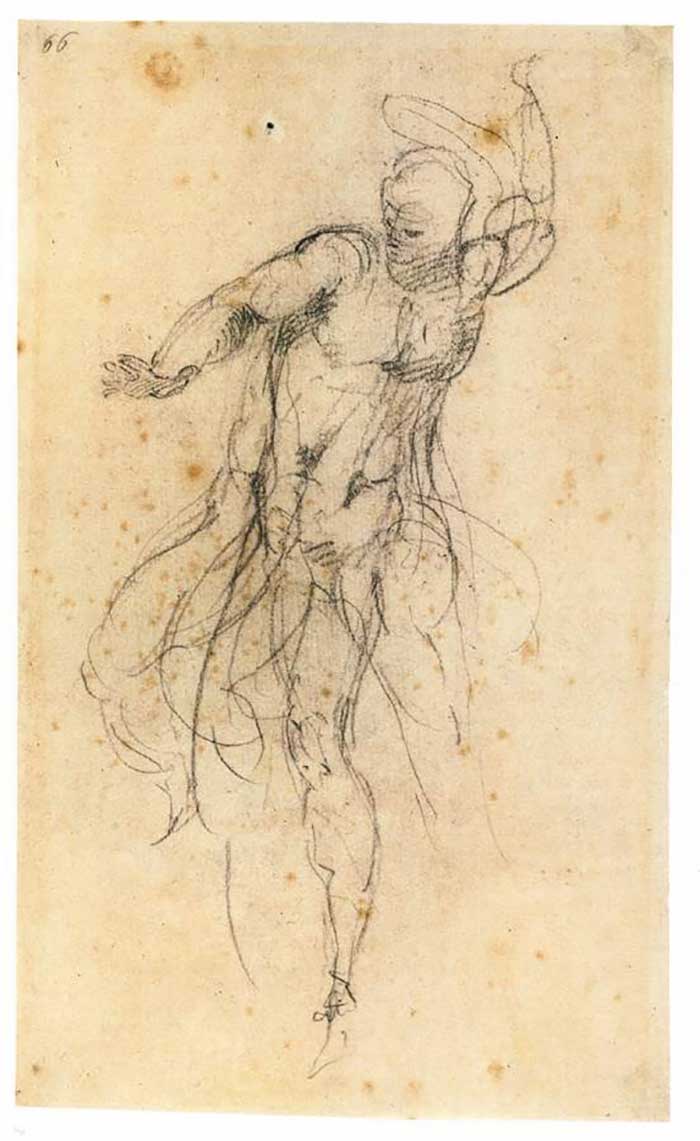
Line sketches are great for exploring compositions; they are quick and efficient. You can convey a significant amount of information with just a few clever lines.

Take note of all the varied lines da Vinci used to draw the horse’s face: short, long, thick, thin, dark, and faint. The result is a very expressive drawing.

Below is another drawing by Fechin. This is a masterclass in linework, particularly the outlining.
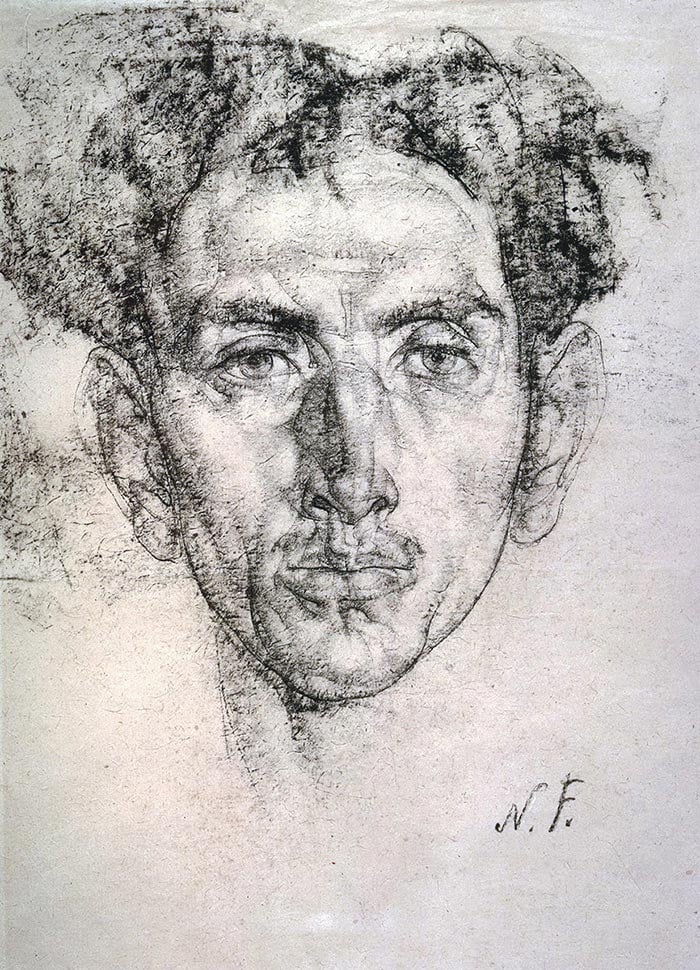
Want to Learn More?
You might be interested in my Painting Academy course. I’ll walk you through the time-tested fundamentals of painting. It’s perfect for absolute beginner to intermediate painters.
Thanks for Reading!
I appreciate you taking the time to read this post and I hope you found it helpful. Feel free to share it with friends.
Happy painting!
Dan Scott

Draw Paint Academy

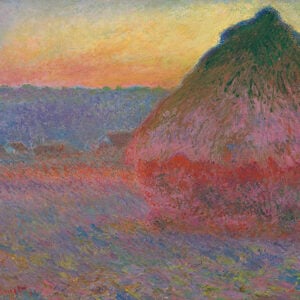

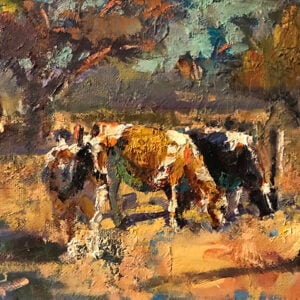
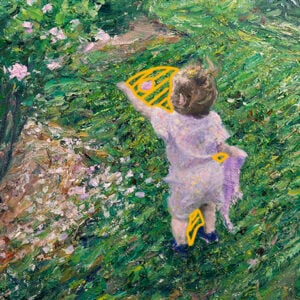
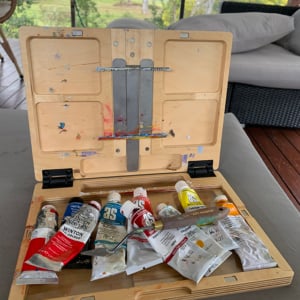

Dan, your posts, books, compilations, explanations – all are joyful meditation. Thank you for making one and all fall in love with Art.